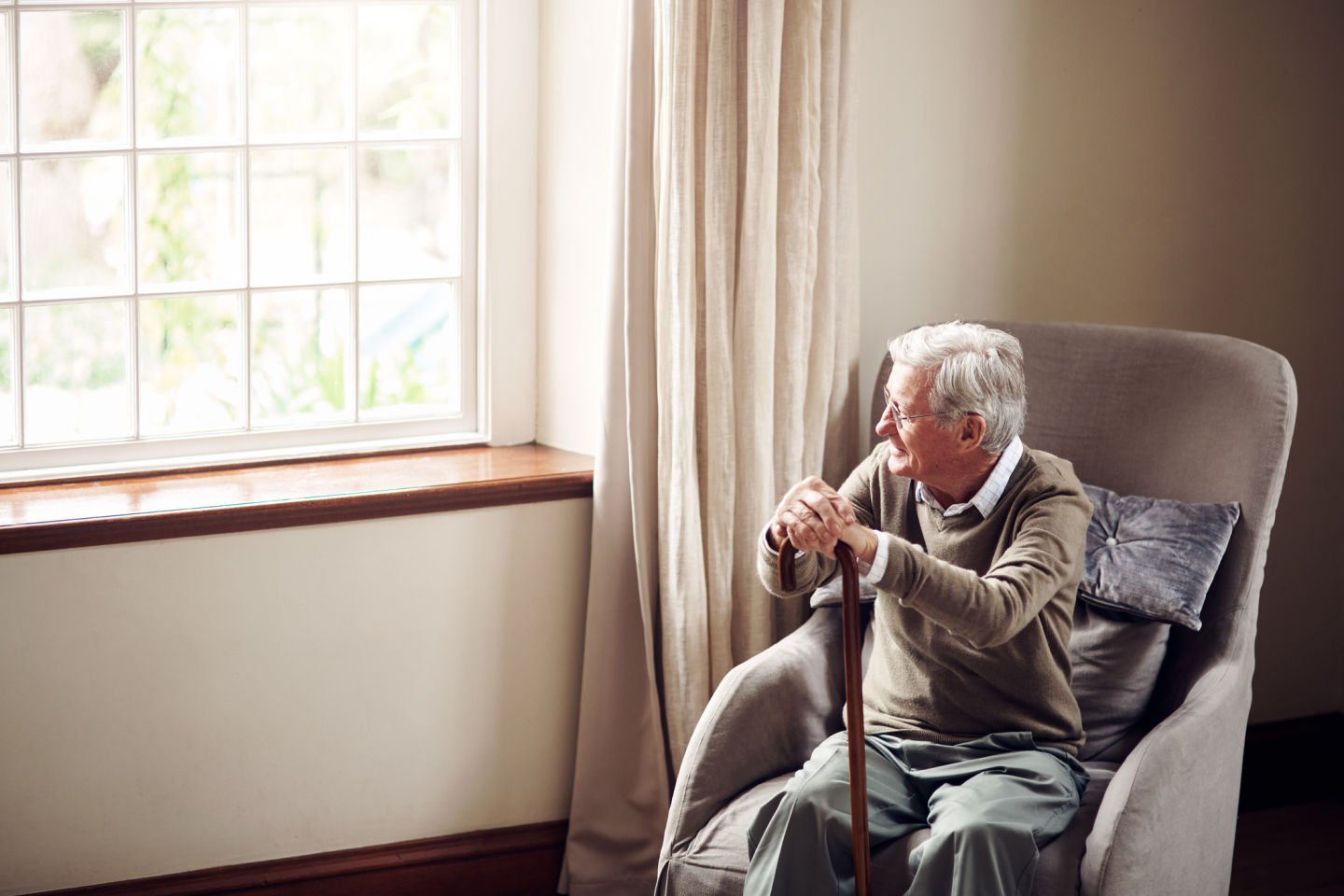Aged care homes are now even more expensive
Important information if you’re thinking of entering residential aged care.

As with most daily living costs, inflation and interest rate increases are hitting residential aged care.
On 1 April, the interest rates for aged care rose to a 10-year peak of 7.46% – from 4.01% just 18 months ago.
It is the sixth consecutive increase and it is likely to affect how seniors and their families choose to pay for aged-care accommodation.
This change will affect the cost of residential aged care accommodation but will be dependent on how you intend to pay for a nursing home room.
For those who are already in a home, the change shouldn’t affect them unless they change facilities or move into a new room. It could see people in those situations paying more than their neighbours who have not moved or are newly arrived. That’s the way the residential aged care system works.
It is recommended you seek independent financial advice to decide which payment option works best for you.
Residents can choose to pay for their accommodation by a lump sum (known as a refundable accommodation deposit or RAD), a daily accommodation payment (DAP) or a combination (including deducting a daily payment from your lump sum), or a reduced daily accommodation contribution (DAC).
When the rate rises, lump sums become more attractive to residents as daily payments become more expensive.
Explaining the MPIR
The maximum permissible interest rate (MPIR) is a government-set interest rate used to calculate a daily accommodation payment based on your agreed room price.
It is used to determine equivalence between a daily payment and a refundable lump sum deposit, giving you a choice in how to pay.
The MPIR is not an interest charge to residents who have not paid for their accommodation costs in full. It is set at a level to ensure that if you choose to pay daily payments rather than a lump sum, the daily payments are sufficient to cover the costs of providing accommodation in your aged care home.
The new MPIR change will increase the payment to $68.49 a day. Over a year, this would be an increase of $4,650 in aged care payments.
The last big change the MPIR made was at the end of 2008, which was near the end of the Global Financial Crisis, when it fell from 11.31% to 8.76%.
The MPIR is a fixed rate from the day a resident agrees with their aged care provider on a price for their accommodation. For a low-income resident, it is the rate on the day they enter care at a facility.
Rachel Lane, Principal of Aged Care Gurus, explained to The Sydney Morning Herald: “The increase means that an aged care bed with a RAD of $550,000 had an equivalent daily payment of $60/day ($22,055/year) in October 2021.
“From April [2023], that same bed has a daily payment of $112/day ($41,030/year).
“While $550,000 is a typical price (it is the cut-off for requiring government approval) in Melbourne and Sydney, it is not uncommon to find bed prices of $1 million plus.”
Residents also have to pay a basic daily fee that covers the costs of things such as food, cleaning and personal care which is capped at 85% of the annual single basic Age Pension, which has just increased to $1,064 per fortnight.
According to Ms Lane, this means residents could pay up to $75 per day for their basic daily fee.
“You can also pay a means-tested care fee – based on your assets and income – up to $358/day capped at $31,707/year and $76,097 over your lifetime,” she said.
“Beyond that are personal expenses which may include extra service fees for things like wine, entertainment and hairdressing as well as clothing, medication and gifts.”
In the SMH article, Ms Lane also warned that even though aged care is means-tested, it may not always be affordable. Even selling a house prior to moving in might not be the best option.
“Let’s look at Shirley. She has a home worth $950,000, $100,000 in investments and $10,000 in personal assets,” Ms Lane said.
“Her personal expenses are $25 per day, she receives $27,664 a year in Age Pension and $3,000 a year in interest. The aged care home has a RAD price of $500,000.
“If Shirley pays by daily payment her cost of care will be $189 per day ($69,054/year), of which $102 is her accommodation payment. For most residents, this will be the situation when they enter aged care.
“Shirley’s costs exceed her income by $38,390/year.”
Ms Lane said that if Shirley was to sell her house, her pension would be reduced and her means-tested care fee would increase.
Instead, options such as using investments to pay a RAD and deducting daily payments from it through the Government’s Home Equity Access Scheme could help.
Related reading: SMH, HelloCare, Health Department, My Aged Care, Aged Care Guide


